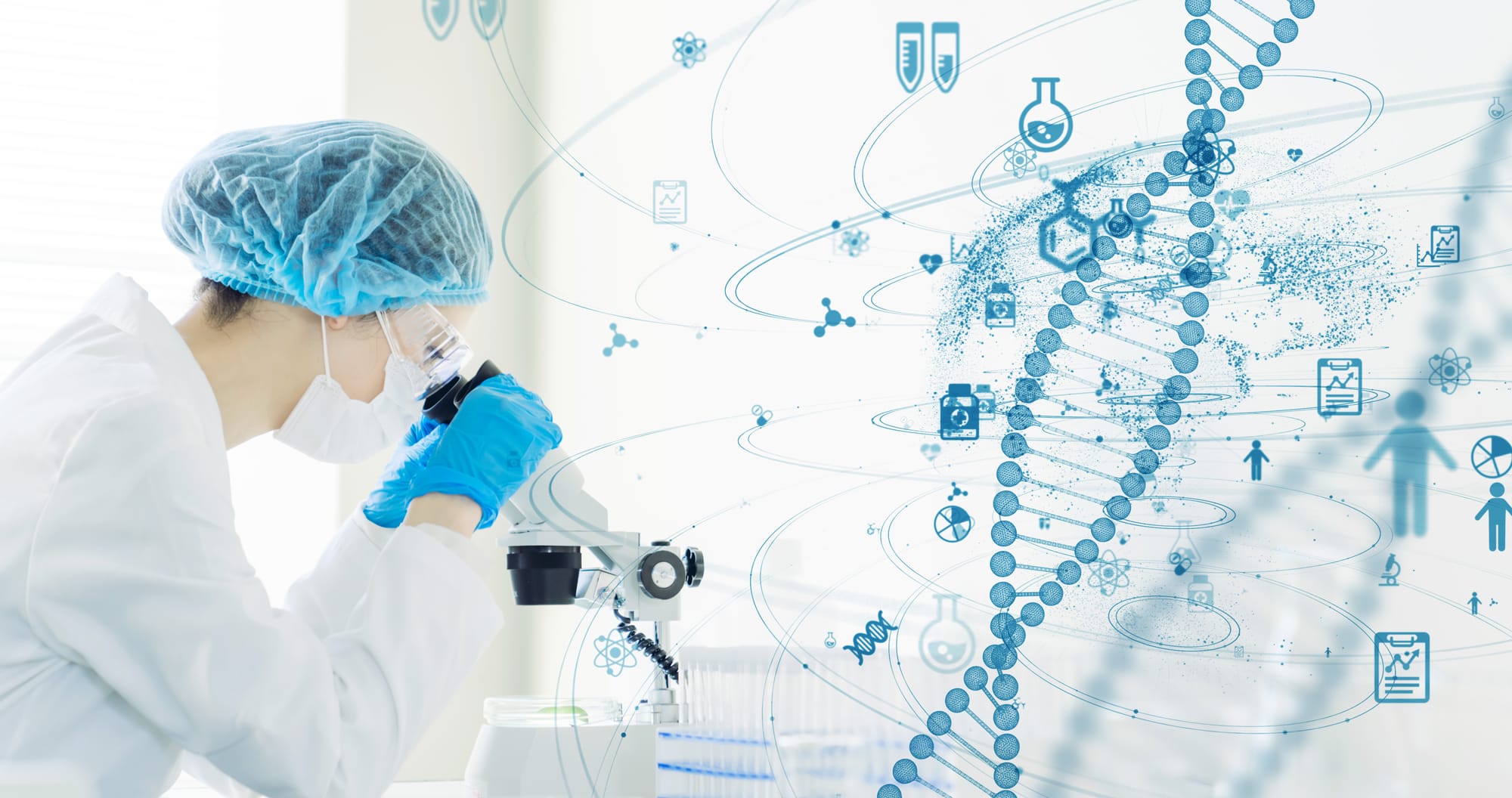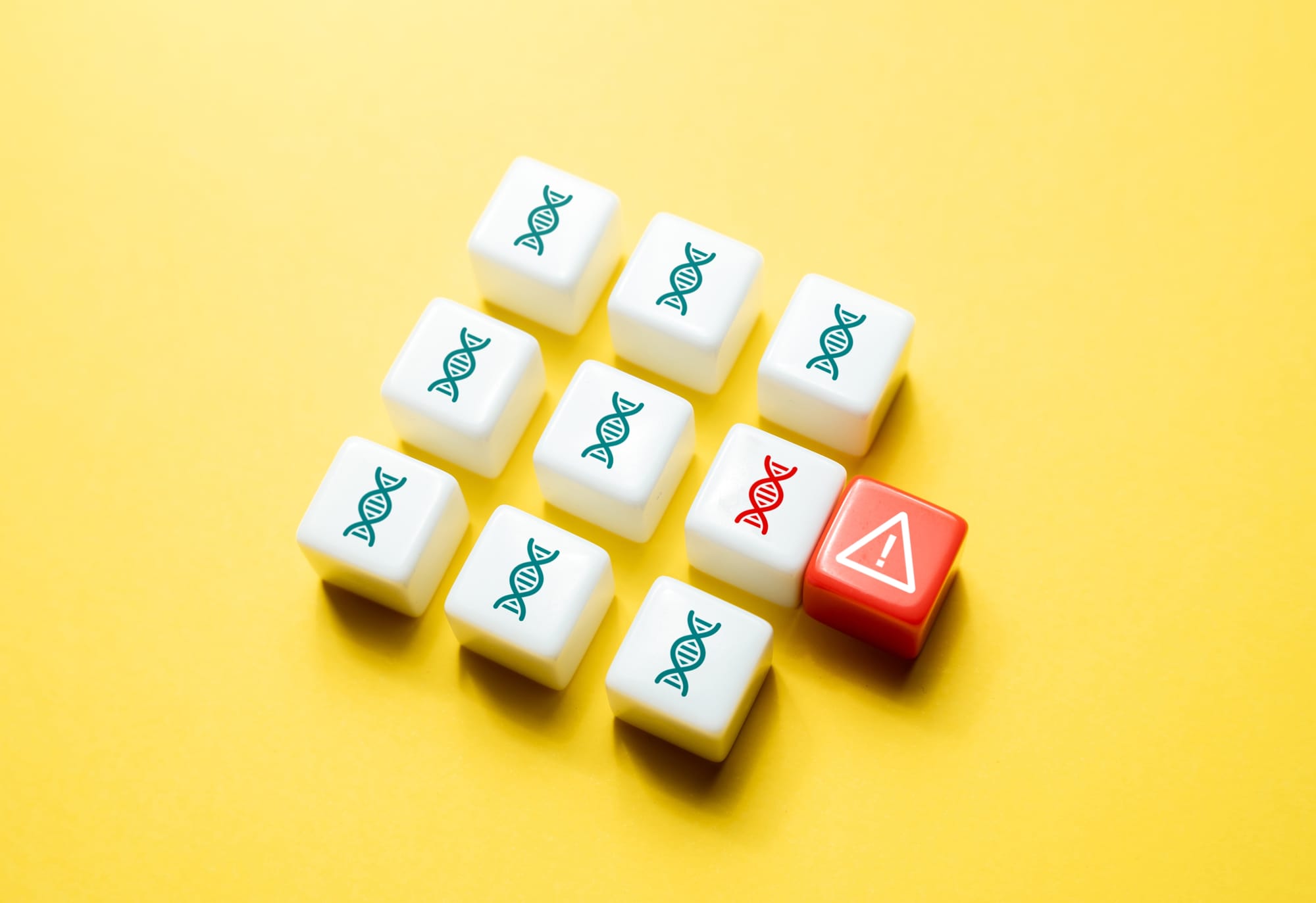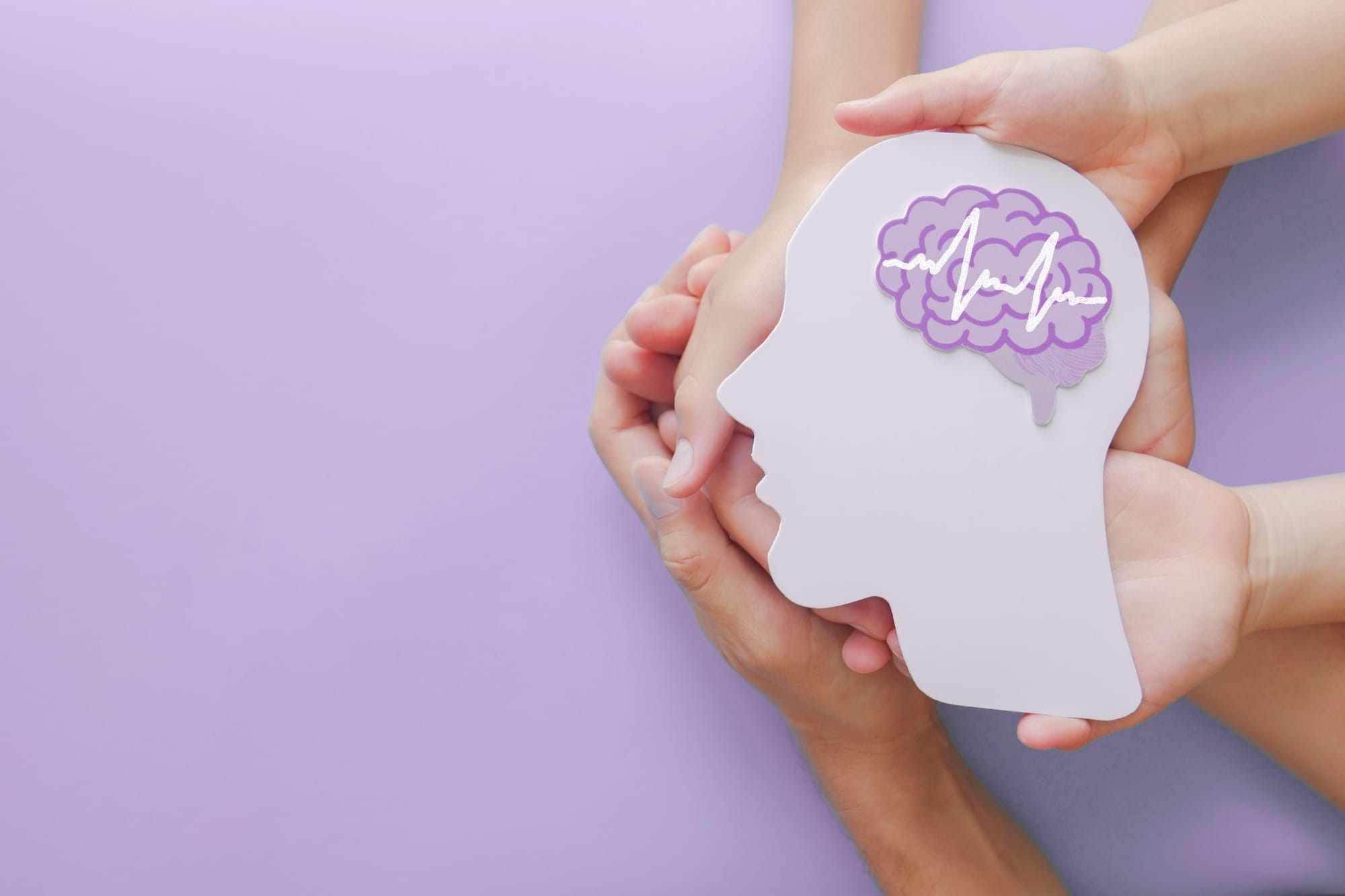The Pivotal Role of Genes: Architects of Health
Inside every cell in our bodies, there's something like a master plan—our genes. These tiny parts of DNA are like instructions for making proteins, which are vital for our bodies to work properly. But sometimes, these instructions have mistakes because of genes that are faulty or missing. When this happens, it can lead to serious health problems and even challenge what we know about treating diseases.
The Dawn of Gene Therapy: A New Hope
“What is gene therapy used for?” is a common question people have, especially those new to the concept.
In a nutshell, gene therapy is a big step forward. It's not just about treating diseases – it's about fixing them right where they start: in our genes. This approach tries to fix (or replace) the genes that aren't working right, giving us hope beyond the usual medicines. Scientists have been working hard for many years to create these gene-based solutions, opening the door to treatments that are both accurate and strong.
Science Evolving: The Path Forward

As we move deeper into the 21st century, the way we understand and treat diseases is changing dramatically. The improvements in how we can edit genes and use biology in technology are changing the old way of treating everyone the same. Now, we're moving towards treatments that are personalized, focusing on an individual's own genes. This big shift in science is not just making a difference in people’s lives… it's also transforming how we “practice” medicine.
FDA's Seal of Approval: A Testament to Progress
When the U.S. Food and Drug Administration (FDA) gives its approval to gene therapy products, it's a big deal. It means that what once were just experimental treatments are now recognized as real solutions that can be used widely. These green lights from the FDA show that there's a lot of promise in gene therapy, especially for treating tough problems like cancer and rare genetic conditions.
The Interplay of Genes and Cells: A Delicate Dance
Gene therapy's success deeply relies on how genes and cells work together. By changing, adding, or turning off certain genes inside cells, scientists can guide the body to create the proteins needed to fight off diseases. This process of tweaking our genetic material is not just a testament to the complexity of how our bodies work, but also to the creativity of current science in using this knowledge for healing purposes.
Strategies for Healing: Gene Therapy's Toolbox
Gene therapy uses a variety of approaches to fight diseases. Sometimes it involves replacing a non-functioning gene with a working one, adding a new gene to help combat a disease, or turning off a gene that's causing problems. Each technique is tailored to address the unique challenges different diseases present. This flexibility is a major advantage of gene therapy, offering multiple paths to potentially successful treatments for disease treated by gene therapy.
Delivery Vectors: The Vehicles of Change
A crucial part of gene therapy's effectiveness is the delivery systems, usually modified viruses designed to be safe, that carry healing genes straight to our cells. These systems can work either inside the body or by modifying cells outside the body and then putting them back into the patient. This advanced method of delivery showcases the incredible advancements in gene editing, turning what was once thought impossible—changing human genes—into a reality.
Understanding the Road to Approval: Safety and Efficacy
Getting gene therapy treatments ready for people involves a lot of detailed testing. This is to make sure these new methods are safe and actually do what they're supposed to do—help people get better without causing harm. It's really important to do this testing carefully, so we know that the good things about gene therapy are greater than any risks, keeping everyone who might use them safe and moving medicine forward.
The Future is Now: The Rapid Pace of Advancement
The world of gene therapy is changing really fast, bringing new hope for treating things like loss of vision, cancer, and rare illnesses that don’t have many treatment options. The FDA plays a big part in making sure these new treatments are safe while also helping speed up their development. This shows how committed they are to bringing out new medical treatments that can make a big difference in people’s lives.
In Conclusion: The Frontier of Medicine
Gene therapy is at the forefront of contemporary medicine, bringing real hope and solutions to those battling serious illnesses. As we explore more about how genetics play a role in disease, the opportunities for treating and even curing these conditions grow immensely. This adventure into the world of genetics isn't just about fighting sickness — it's about envisioning a new future for health and healing, especially for disease treated with gene therapy.
Our journey into gene therapy shines a light on its possibilities and emphasizes why ongoing research, development, and ethical considerations are crucial as we step into this new chapter of medical science. With every step forward, we're reminded of our ability to tackle obstacles and expand the limits of what we can achieve in our pursuit of health and well-being.







